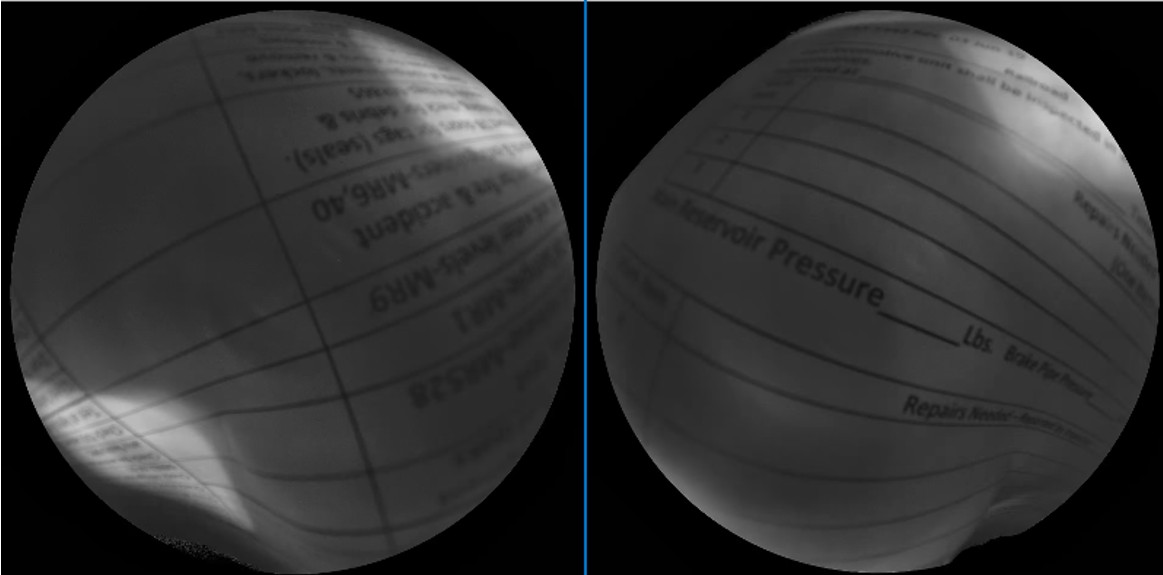December 22, 2023
Director General, Rail Safety
Transport Canada
Enterprise Building, 14th floor
427 Laurier Avenue West
Ottawa ON K1A 0N5
On 21 November 2023, at approximately 1827,All times are Eastern Standard Time. Canadian National Railway Company (CN) train X37621-20 (CN X376) was travelling southbound on the east track of the Saint-Laurent Subdivision when it collided with the rear of a stationary EXO commuter train (EXO 1212). Four of the 8 passengers on board the commuter train were injured, as well as the 2 EXO crew members.
Train CN X376, a deadhead movementLocomotives travelling alone, not coupled to cars. consisting of 2 locomotives, was travelling southbound on the east track of the Saint-Laurent Subdivision. Approaching the Montréal-Nord controlled location, the advance signal was displaying a permissive “Restricting”According to the Canadian Rail Operating Rules, restricted speed permits stopping within one-half the range of vision of equipment, also prepared to stop short of a switch not properly lined and in no case exceeding 15 mph. signal indication, and the train continued into the next block.The Canadian Rail Operating Rules define a block as a length of track of defined limits, the use of which by a movement is governed by block signals. Train EXO 1212 was stopped on the east track in this same block, at the Saint-Léonard-Montréal-Nord EXO station platform at Mile 135.8. Approaching the station, CN X376 was travelling at about 40 mph when the rear of stationary train EXO 1212 came into sight, and the emergency brake was immediately applied. CN X376 slowed down, but was unable to stop in time and collided with train EXO 1212 at a speed of about 32 mph.
CN’s 2 locomotives, locomotive EXO 1346 and car EXO 3062 sustained extensive damage.
As part of its investigation, the TSB gathered relevant data from the various systems on board the locomotives, including the data from the locomotive voice and video recorder (LVVR).
The LVVR system is equipped with cameras and microphones that record the actions and interactions of operating personnel inside the locomotive cab. Data is stored on an impact-protected memory module. The system continuously records voice and video data from the moment the control locomotive engine is turned on until it is turned off. The memory modules are designed to store 48 hours of data before it is automatically and permanently erased.
While analyzing LVVR data from CN X376’s lead locomotive, the TSB discovered that the 2 cameras that were inside the cab had been obstructed by sheets of paper (Figure 1).
The data recorded by locomotive voice and video recorders provides TSB investigators with additional supporting information on the causes and contributing factors of accidents or incidents. It serves as an objective and reliable means of determining the role of human factors in a railway occurrence. This information is used to determine whether corrective measures are required to improve rail safety in Canada.
The absence of video data from the LVVR system could limit the TSB in its analysis of some of the activities that would have occurred on board the locomotive in the minutes preceding the occurrence.
To ensure full compliance with the applicable provisions of the Locomotive Voice and Video Recorder Regulations, Transport Canada may wish to ensure that LVVR systems are operational and capturing the required data.
The TSB would appreciate hearing Transport Canada’s views and being advised of any action taken in this regard.
Yours sincerely,
Original signed by
Vincenzo De Angelis
Director, Investigations – Rail/Pipeline
c.c.
Assistant Vice President, Safety
Canadian National Railway Company
Senior Manager, Regulatory Affairs, Safety
Canadian National Railway Company
Director, Regulatory Affairs, Rail Safety
Transport Canada
Director, Regulatory Affairs
Railway Association of Canada
